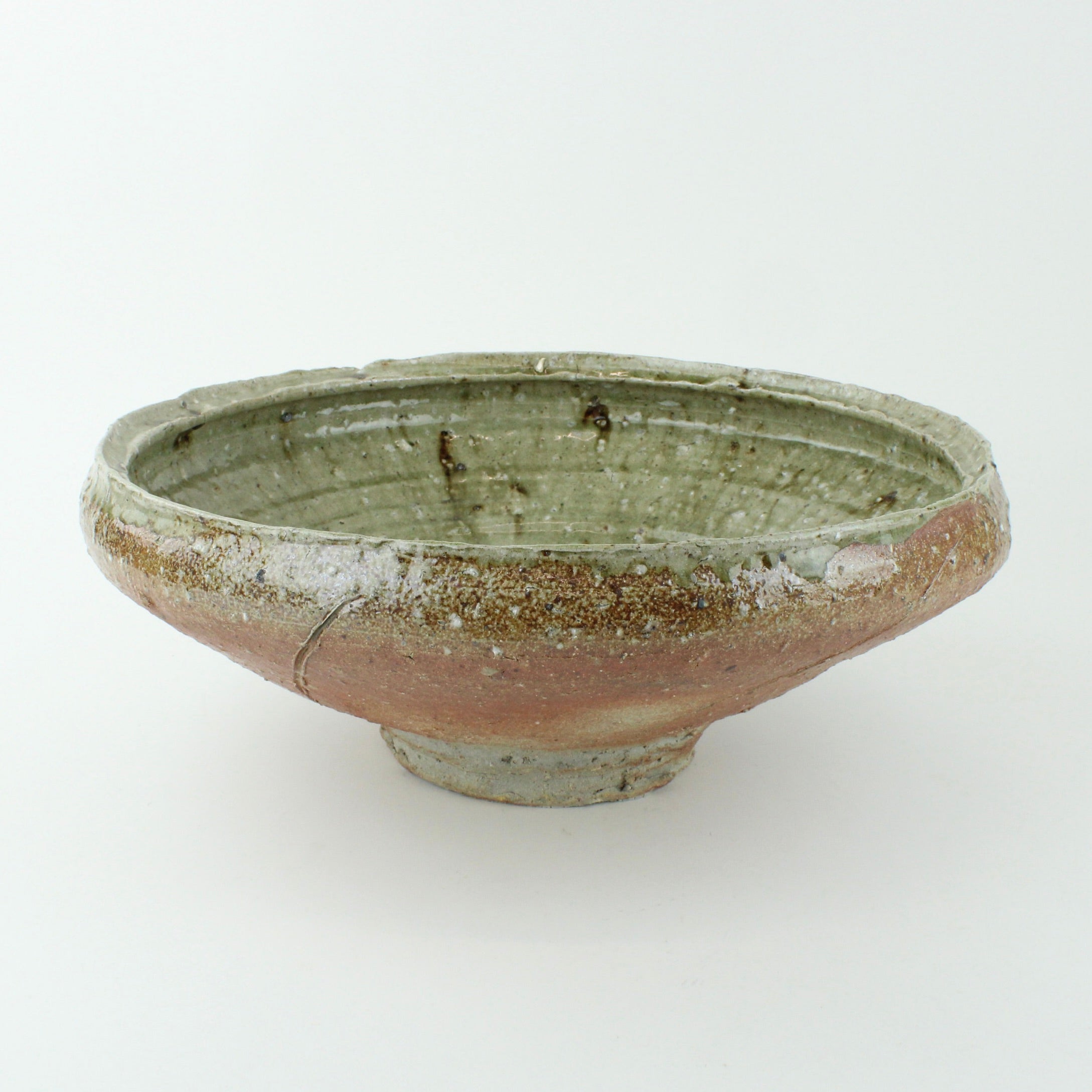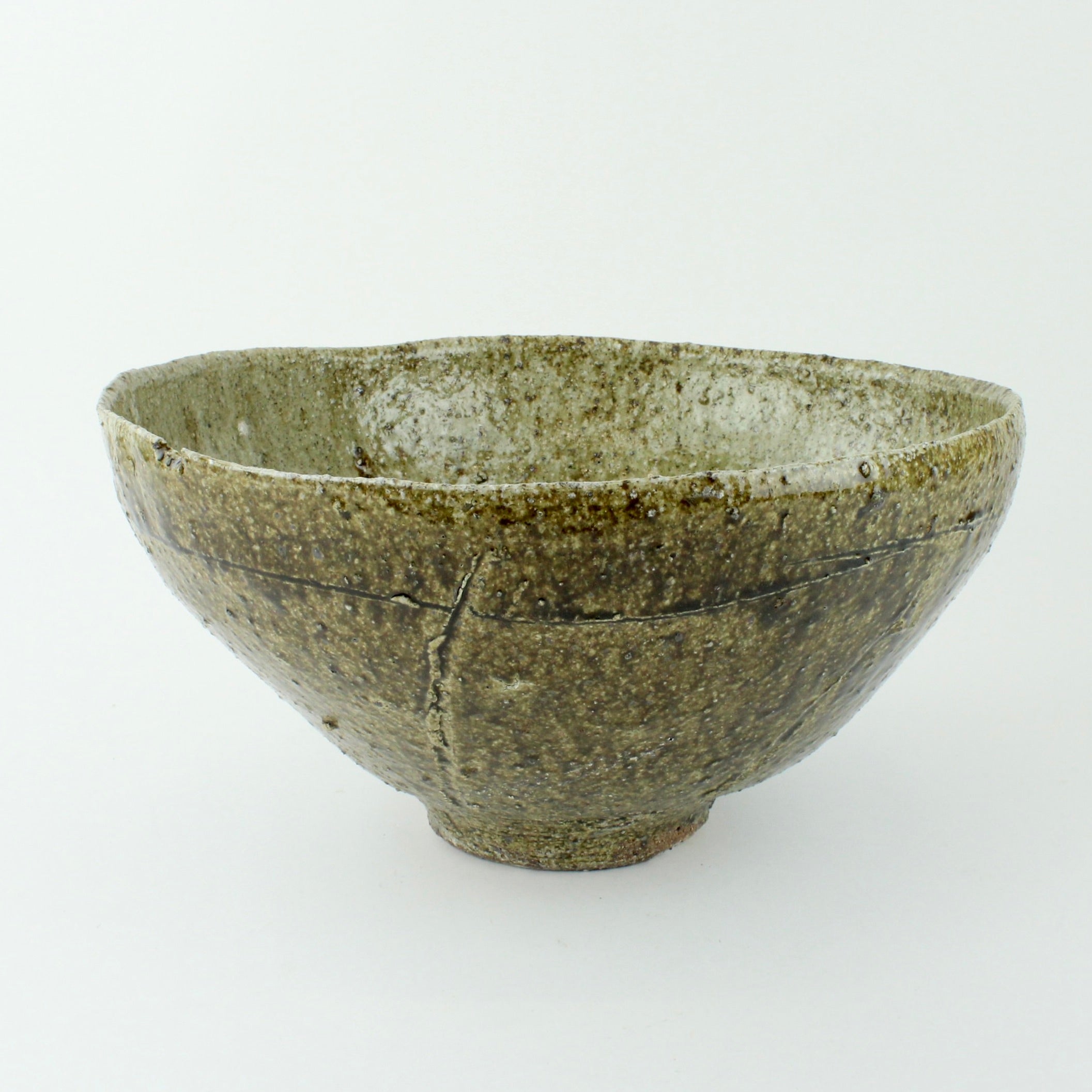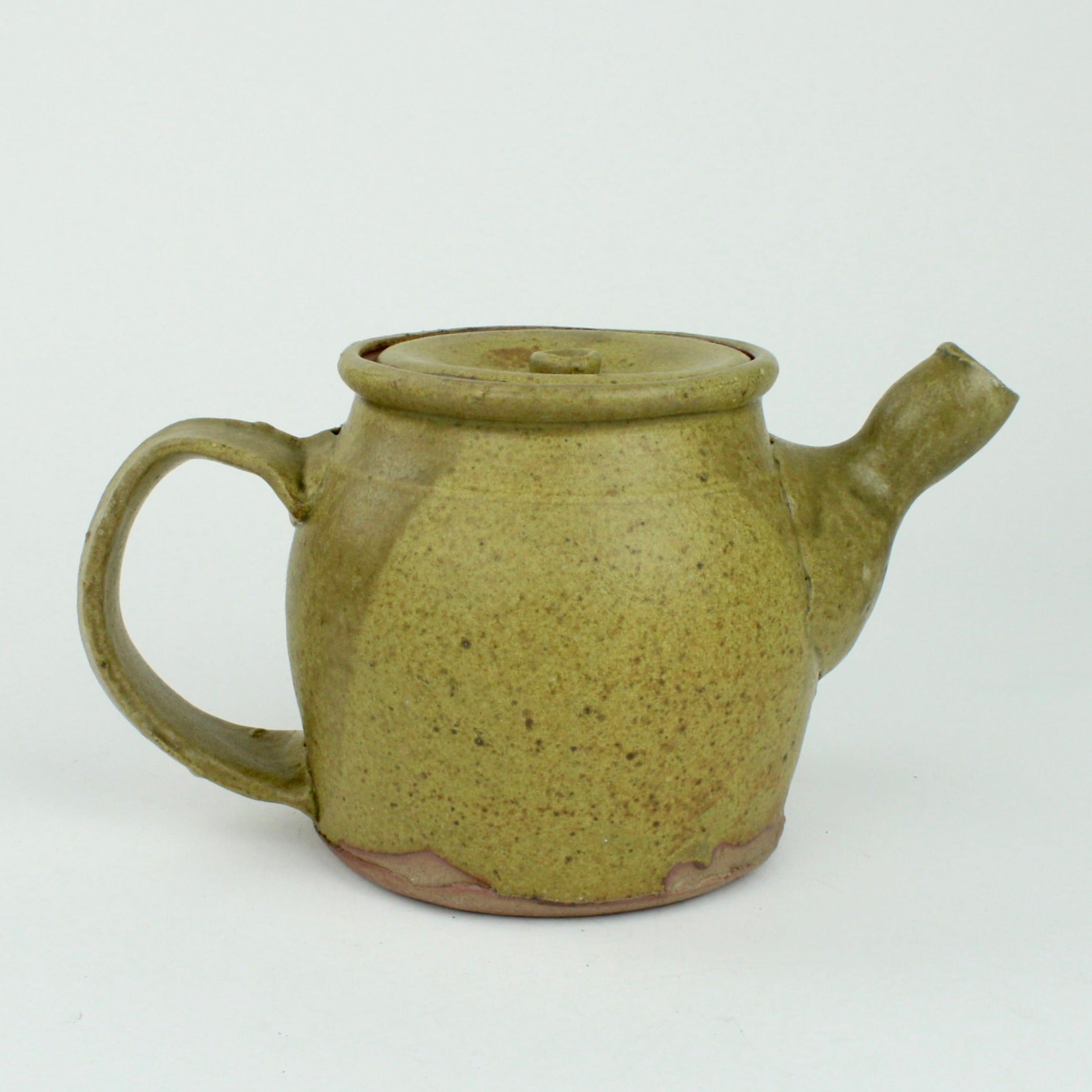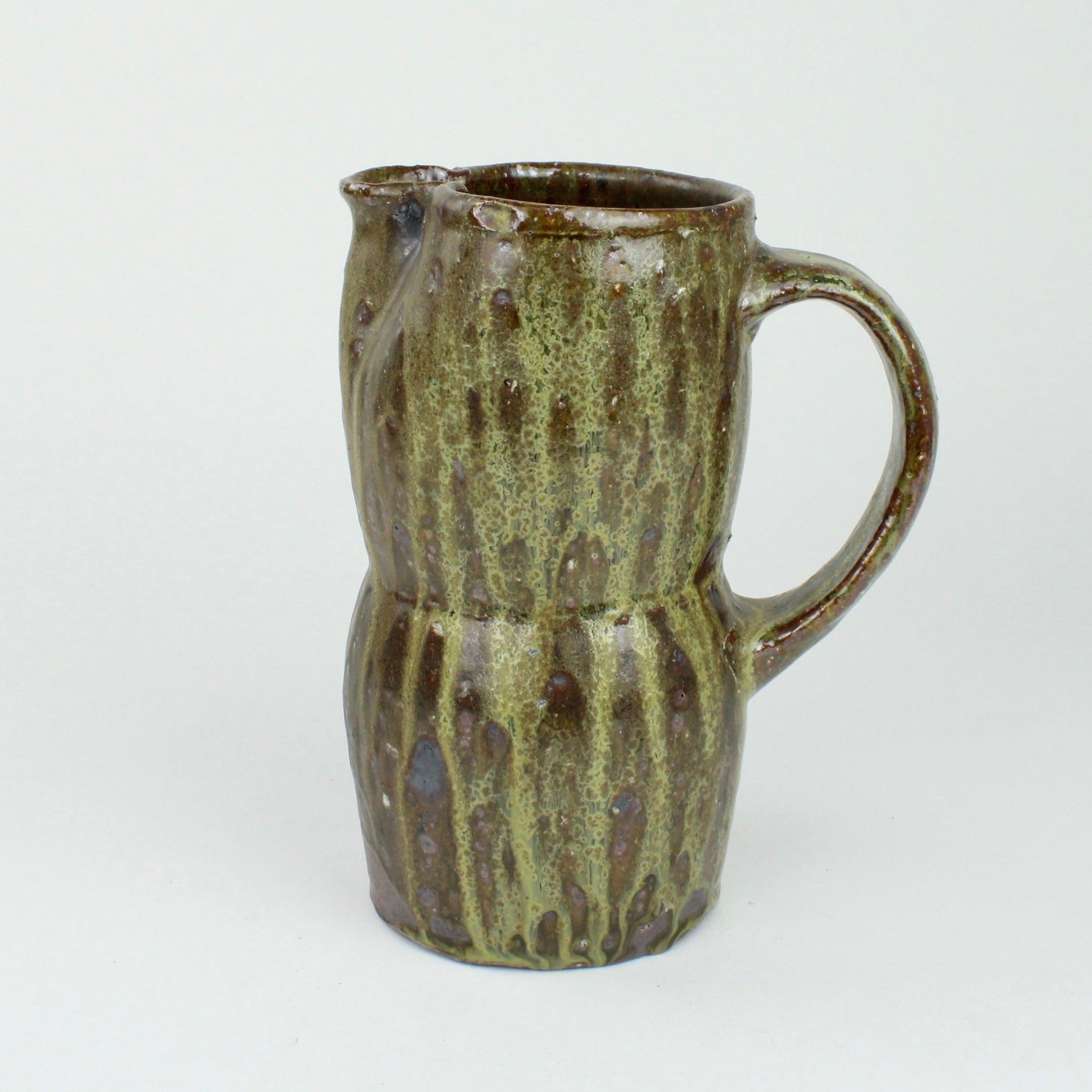The Maker's Gift: Charlotte Suggate
Charlotte Suggate is a painter who finds beauty in everyday botanicals, the wild daisies, clover, tall grasses and overgrown gardens that are easily overlooked yet return each season with resilience and joy. Her work offers controlled slices of the outdoors - immersive, intimate views that feel as though they continue beyond...





